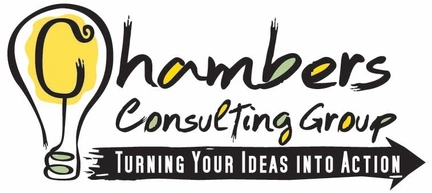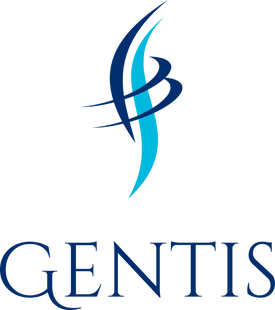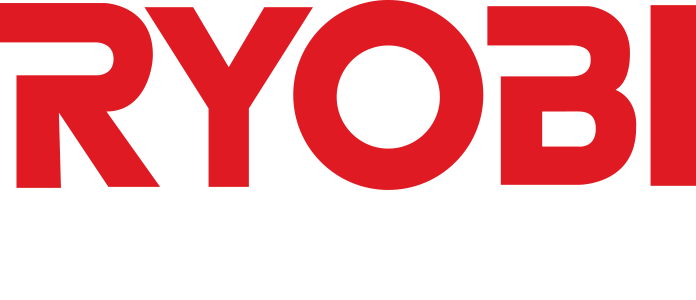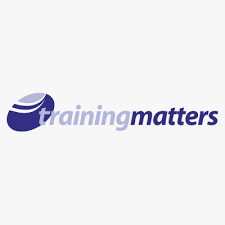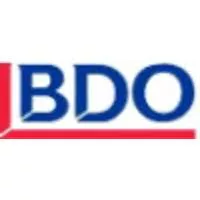If you’re a trainer, coach, or development professional, you already know: it’s not just about delivering content — it’s about creating transformation.
That’s why I want you to turn your focus inward for a moment: Know your courses. Grow your courses. One of the most potent topics you can build around is the mighty tool of 360-degree feedback.
Why 360° feedback matters for your training offer
The multi-rater feedback process (also known as 360° feedback) provides participants with a holistic view of how they present themselves: what others perceive, what they themselves believe, and what behaviors support or undermine their impact. According to leading sources, this approach enhances self-awareness, clarifies behaviours, promotes dialogue, and helps build stronger teams.
For YOU as a course creator or facilitator, it’s an incredible topic: it’s meaningful, relevant, and offers sticky value to participants. It’s also one of those areas where many organisations need help, making it a brilliant addition to your training portfolio.
How to anchor your course design with self-knowledge, growth, and 360° feedback
This idea aligns with the “Know Yourself, Grow Yourself” perspective: you start with foundational self-understanding, then take action to grow. Here’s how you apply that to your course-building journey:
- Know your course — before you even design, ask: How do participants currently engage with feedback? Where are their blind spots? What’s their environment (organisation, culture, team) like?
- Grow your course — design not just one-off sessions, but growth pathways: insight → action → reflection → sustainment. Use the 360° feedback topic as the vehicle.
- Use tools that make your life easier — course content, slide decks, facilitator guides, workbooks: everything aligned and ready to run.
- Environment matters — just like in self-knowledge, the training environment, facilitation style, session design, and support after the session are key. Construct your environment so participants don’t just “get it”, they live it.
- Avoid the trap of static content — don’t just deliver a workshop and move on. With 360° feedback, you can create an iterative flow: measure → train → follow–up → embed. That’s growth.
Introducing the course material that does the heavy lifting
If you’re ready to build or upgrade a course on 360° feedback (or add one to your suite), take a strong look at the trainer-friendly package from Oak Innovation called “360° Feedback Workshop Pack – Editable Trainer Materials”.
Here’s what stands out:
- It’s designed for trainers, coaches, and internal facilitators: full-day workshop materials on 360° feedback.
- You receive editable PowerPoint slides, a facilitator guide, a participant workbook, handouts, and activities.
- It’s built to save massive time: “Save time with editable slides… take the guesswork out of preparation.”
- It supports you to deliver with confidence, even if you haven’t run this exact topic before: “Everything you need to start leading, coaching, or training — today.”
- Lifetime reuse licensing: once you invest, you can reuse internally or with clients (with the restrictions outlined).
- You can customise branding, colours, and content — so the material aligns with your style.
You can check out the full product page here: 360° Feedback Workshop Pack – Editable Trainer Materials.
How to use the pack and turn it into a growth-driven program
Rather than simply running a one-off “feedback workshop”, consider designing a course journey for your learners:
Phase 1: Kick-off & Awareness
- Use the pack’s slides & workbook to introduce what 360° feedback really means (including why multi-rater matters).
- Facilitate exercises: Where do participants typically receive feedback now? What’s working / what’s not?
Phase 2: Deep Dive & Skill Building
- Move into “How to give feedback that lifts” and “How to receive feedback with openness” (both topics covered in the material).
- Use the participant workbook to reflect: when have you received feedback that helped you? When did you feel defensive?
Phase 3: Action Planning & Embedding
- Use the built-in action plan tools in the pack (it talks about “Built-In Assessment & Action System”).
- Set up accountability: after the workshop, participants agree on one behaviour they will seek feedback on, whom they will ask, and when.
Phase 4: Follow-Up & Growth
- After a period (4-6 weeks), reconvene (virtually or in-person) to review: what feedback did you get? What surprised you? What changed?
- Use that session to deepen commitment and leverage the momentum.
Why this matters: Make your courses matter.
When you move your offering from “one and done training” to a growth-driven, transformation-focused programme, you elevate your value. The 360° feedback topic is a powerful enabler of this because it touches on identity (how we’re seen), behavior (how we act), and culture (how we interact). It connects individual growth with team and organisational development.
Moreover, the trainer-pack from Oak Innovation is not just useful—it’s strategic. It frees you from reinventing the wheel (so you can focus more on delivery, follow-up, and coaching) and lets you show up as the confident expert.
Final thought: Own your course design, own your growth
Just as you encourage your learners to know themselves and grow themselves, you can know your course and grow your course. Select a topic, such as 360° feedback, that matters. Pick tools that serve you (like the Oak Innovation pack). Design with intention. Follow up with rigour. And deliver uplift, not just content.
The world needs facilitators who help people not just learn, but transform.
Let that be you.
































